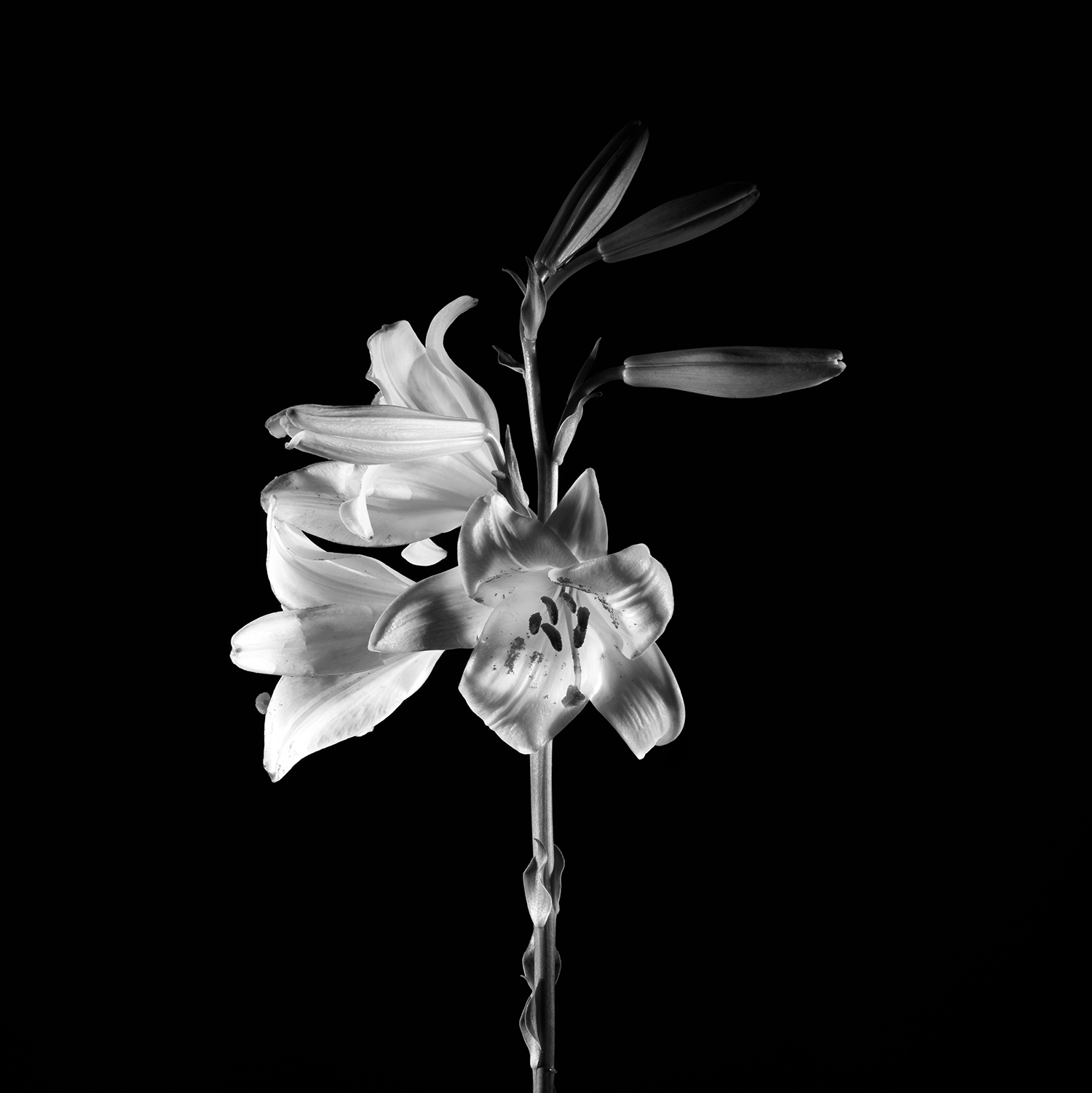Il Giglio,
studio sull’utilizzo del colore su un fiore bianco da sempre accostato alla purezza e all’immagine Santa della Madonna,che dicono aver confidato a Giuseppe la sua gravidanza,portando proporio un giglio in mano.Alcune leggende sono relative ad una mutazione del colore: di gigli gialli fino al passaggio della Madonna, che li raccoglie, tramutandoli in bianchi; di gigli bianchi che arrossiscono al passaggio di Cristo, vergognandosi della propria bellezza.E sono proprio queste leggende che ci hanno ispirato a realizzare una serie di immagini sui fiori,che da sempre sono stati ripresi e dipinti.In questa immagine vi propongo il giglio fotografato con l’utilizzo di gelatine colorate che lo mimetizzano e lo spostano in un altra dimensione,non piu’ candido ed immacolato, ma piu’ avvezzo all’idea del male e del vizio,come Charles Baudelaire ha voluto rappresentaare nel suo capolavoro “i fiori del male”.Il titolo riflette il carattere provocatorio della poesia baudelairiana, che si propone di «estrarre la bellezza dal Male», perché nel mondo contaminato della modernità e dominato dalla Noia non sono più possibili evasioni all’interno della natura né riscatti attraverso l’amore. Il bisogno di purezza e di spiritualità, che pure il poeta avverte, (qui rappresentato dal giglio) è destinato a rimanere per sempre insoddisfatto e sconfitto dalla forza di attrazione del vizio e del male.

Study on the lily, on the use of color on a white flower that has always been associated with the purity and the holy image of the Madonna, who say they confided to Giuseppe her pregnancy, carrying a lily in hand. Some legends are related to a mutation color: of yellow lilies up to the passage of the Madonna, who collects them, turning them into white ones; of white lilies that blush at the passage of Christ, ashamed of their beauty. And it is these legends that inspired us to create a series of images on flowers, which have always been taken and painted. In this image I propose the lily photographed with the use of colored jellies that camouflage it and move it to another dimension, no longer candid and immaculate but more with the idea of evil and vice, as Charles Baudelaire wanted to represent in his masterpiece “the flowers of evil “The title reflects the provocative character of Baudelairian poetry, which aims to” extract beauty from Evil “, because in the contaminated world of modernity and dominated by boredom, it is no longer possible to escape into nature or redeem through love . The need for purity and spirituality, which the poet also feels, represented here by the lily is destined to remain unsatisfied and defeated forever by the force of attraction of vice and evil.

